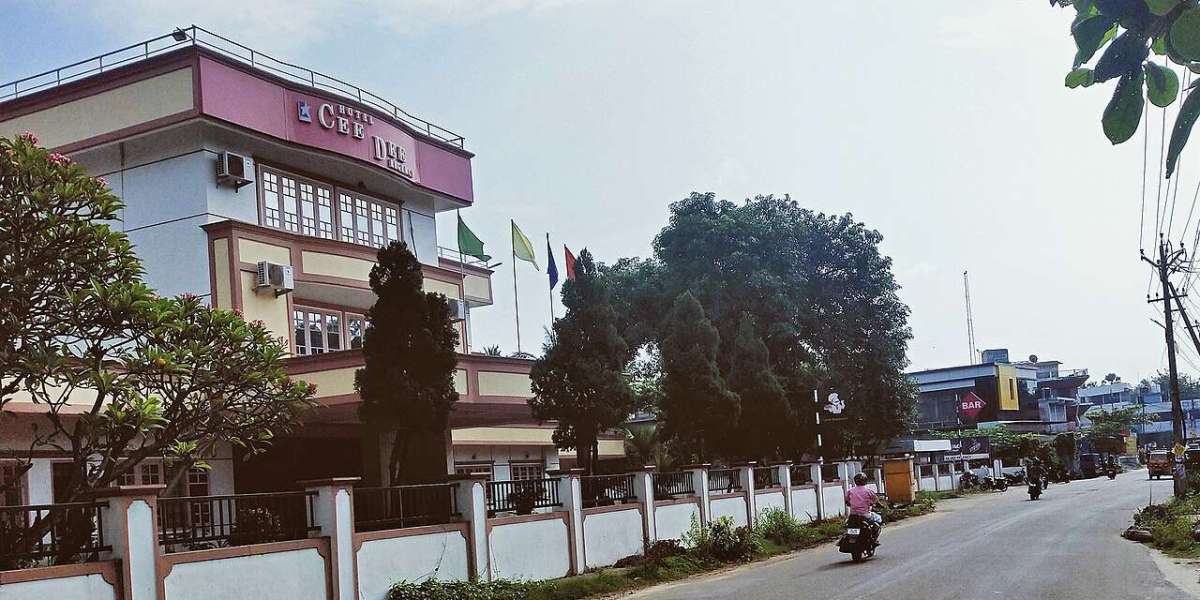Demographics & Terrain
Chittur spans about 320 km², including the town of ChitturThathamangalam and agrarian
panchayats. With SC population at roughly 15.4%, the constituency exhibits a moderate literacy rate
(~88%) relative to Kerala’s average. The region lies in eastern Palakkad, bordering Tamil Nadu, and is
traversed by the Kannadi River, a tributary of Bharathapuzha.
Livelihood & Economic Profile
Agriculture dominates rural livelihoods in panchayats like Perumatty and Polpully: rice,
coconut, banana, and spice cultivation are common.
Remittance income (NRI): Gulf migration provides economic support for many households
across the municipality and hinterlands.
Craftsmanship: Peruvemba panchayat is renowned for traditional leather percussion
instrument makers—mridangam and maddalam artisans whose skills have sustained over
200 years.
Local trade & services: Chittur town and surrounding villages host spice, timber, retail,
transport, and food trade hubs, servicing both local demand and rail-linked business flows.
No blue economy, as the region lies inland.
Public sector & education: Chittur hosts a mini civil station, cooperative banks, schools, and
vocational institutes, offering stable employment.
Economic Strata
The majority of residents belong to the middleincome bracket, sustained by agriculture and
remittances. A smaller group—landowners, artisan families from Peruvemba, established traders,
and professionals—comprise the higher-income segment. A modest fraction—mostly smallholder
farmers and laborers in remote wards—remain below the poverty line, although connectivity,
literacy, and welfare schemes cushion extreme hardship.
Recent Development Snapshots
Polling access improvements: Increasing from 147 to 156 booths in 2021 improved voter
access across hamlets like Peruvemba, Polpully, and Pattanchery.
Rail connectivity & transport: Chittur lies along NH544 corridor and is proximate to Palakkad
railway—boosting access to Coimbatore and Palghat for trade and mobility.
Agricultural outreach: LSGD-backed schemes for spice and rice crop extension, irrigation
support, and cooperative farming have been launched in panchayats like Perumatty and
Nalleppilly.
Cultural tourism push: The Peruvemba artisans ruling percussion-making tradition have
started attracting interest from cultural tourism, revitalizing traditional crafts.
Chittur Assembly Constituency blends agrarian heritage, NRI-backed economics, and rich local
craftsmanship. With a predominantly middle-income population, strong civic participation, and
emerging livelihoods through agriculture and traditional arts, it is steadily advancing toward
inclusive development. Enhanced polling access, improved transport links, and agricultural support
are reinforcing Chittur’s socio-economic resilience in Palakkad’s eastern belt







